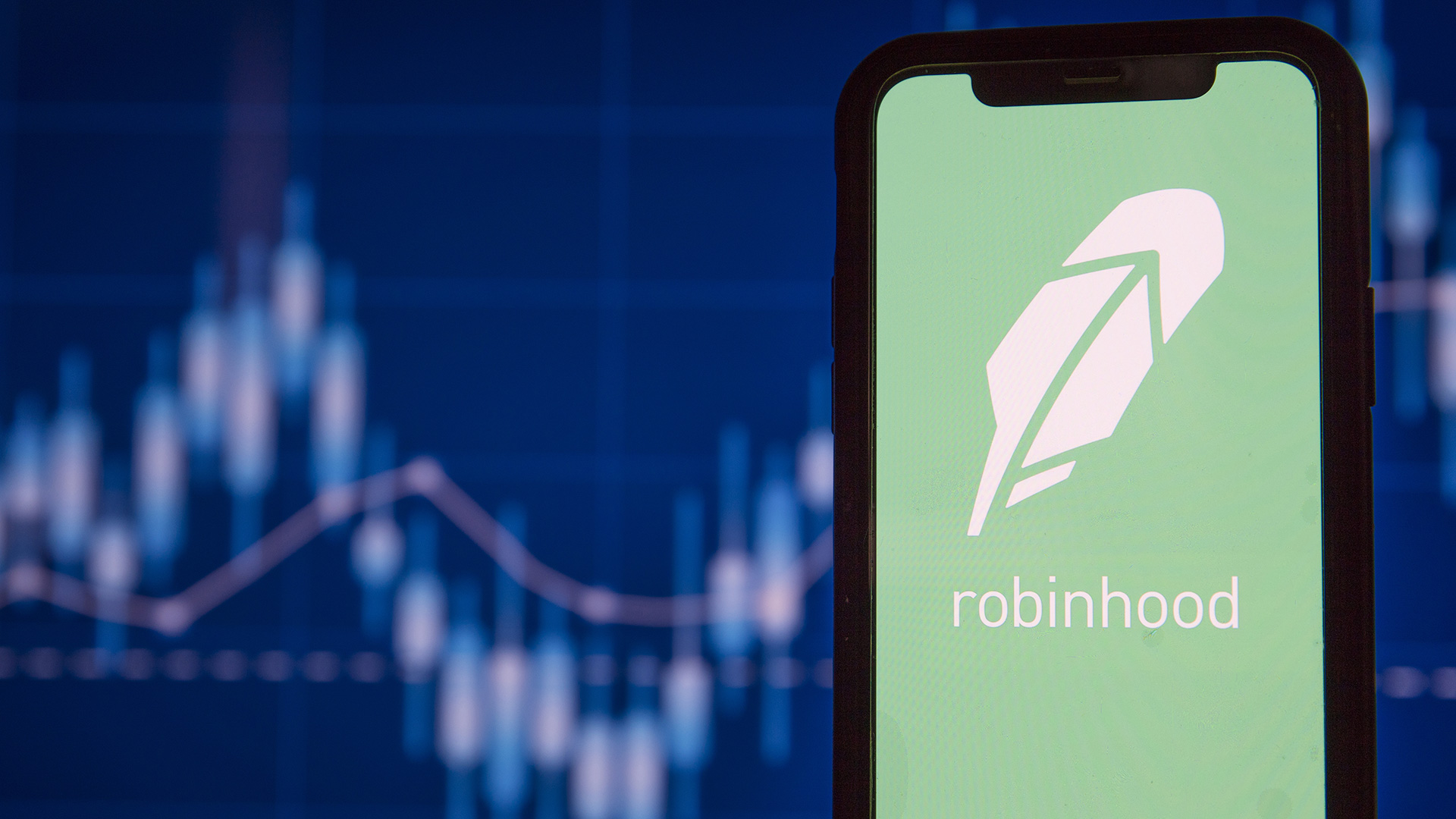
Robinhood’s Nasdaq debut was concerning and lackluster. And to Maryland Smith’s David Kass, it was also familiar.
The buzzy Menlo Park, California-based company went public on July 29, under the ticker HOOD and priced at $38 a share, unimpressively toward the bottom of its offering range. It slid from there, ending its debut day about 8% lower at $33.82, and stayed submerged until Aug. 3, when it popped higher, and closed at $46.80. But, as of late Aug. 4, HOOD was trading at about $70 a share, representing an approximate 85% increase over its IPO price.
“There is a comparison to be made to Facebook’s IPO in 2012, which was initially disappointing,” says Kass, clinical professor of finance at the University of Maryland’s Robert H. Smith School of Business.
The two companies share an inauspicious commonality, Kass says, in that both large IPOs closed flat or below the debut price on that first day of trading. “Usually there is a bump up in price the first day, and then maybe gradually over time it may come down and indeed trade below the IPO price,” he says. “But that usually doesn’t happen on the first day.”
Facebook’s IPO was priced at $38 a share (coincidentally, the same price as Robinhood’s). When FB went public at 11:30 a.m. ET on Friday, May 18, 2012, the first trade came in at $42.05 per share – a gain of nearly 11%. But the shares sank from there, ending the session at $38.23, essentially flat.
The two initial flops were a particular surprise – both companies had been the talk of Wall Street ahead of their trading debuts, in both cases drawing notable interest from large institutional investors as well as younger, individual investors. “The initial trading day did not live up to the hype,” Kass says.
That hype surrounding both IPOs had been evident in Kass’ classes, with several students inquiring about the forthcoming IPOs in the weeks and months before the public offerings. Many of the students saw the companies as having a promising future – having garnered a strong user base with services offered “for free,” in exchange for platform user data permissions.
“Robinhood’s IPO was being marketed as a ‘democratization of finance,’ with many young investors among their millions of users,” Kass says. The company innovated by offering trades without any commissions or fees, and made the bulk of its revenue by selling orders to establishment firms such as Citadel Securities. Robinhood is an app built mainly for trading stocks, cryptocurrencies, and options. Options are essentially a way to bet on a stock with leverage, amplifying both potential gains and losses. The median Robinhood investor is 31, and about 70% of the company’s assets under custody come from customers between the age of 18 and 40.
“Many of my students over the past several years have told me they were trading on Robinhood,” says Kass.
Facebook was a similar kind of innovator when it debuted in 2012, with a young and expanding customer base, and a “democratization” concept that made a product free to users, under a business strategy that relied upon advertising.
Kass teaches about IPOs in his finance courses. “I tell the story of my sister, who invested in Facebook on its inaugural trading day, buying in at $42, and then watching as the shares plunged a few months later to just $17.73.”
Facebook’s shares had come under pressure, as investors worried about the social network’s regulatory future and over uncertainty about its ability to sufficiently monetize the platform. Similar regulatory concerns are weighing on Robinhood – amid revelations that the bulk of the company’s revenue comes from selling user orders.
“My sister had the good sense to hold onto her Facebook shares, until they recovered and eventually she sold the shares at a significant profit,” says Kass.
Facebook shares recently were trading around $351, for a compound annual growth rate of 28%. Whether Robinhood will achieve such growth remains to be seen.
“There are risks here – as with every IPO. No one ever really knows how an IPO will turn out,” says Kass. “Some are successful and many are not.”
Correction: An earlier version of this article inaccurately referenced a firm Robinhood sells orders to.
Related articles:
Robinhood Effect: Why JPMorgan Is Offering Free Stock Trades
What's Up With GameStop?
Media Contact
Greg Muraski
Media Relations Manager
301-405-5283
301-892-0973 Mobile
gmuraski@umd.edu
Get Smith Brain Trust Delivered To Your Inbox Every Week
Business moves fast in the 21st century. Stay one step ahead with bite-sized business insights from the Smith School's world-class faculty.